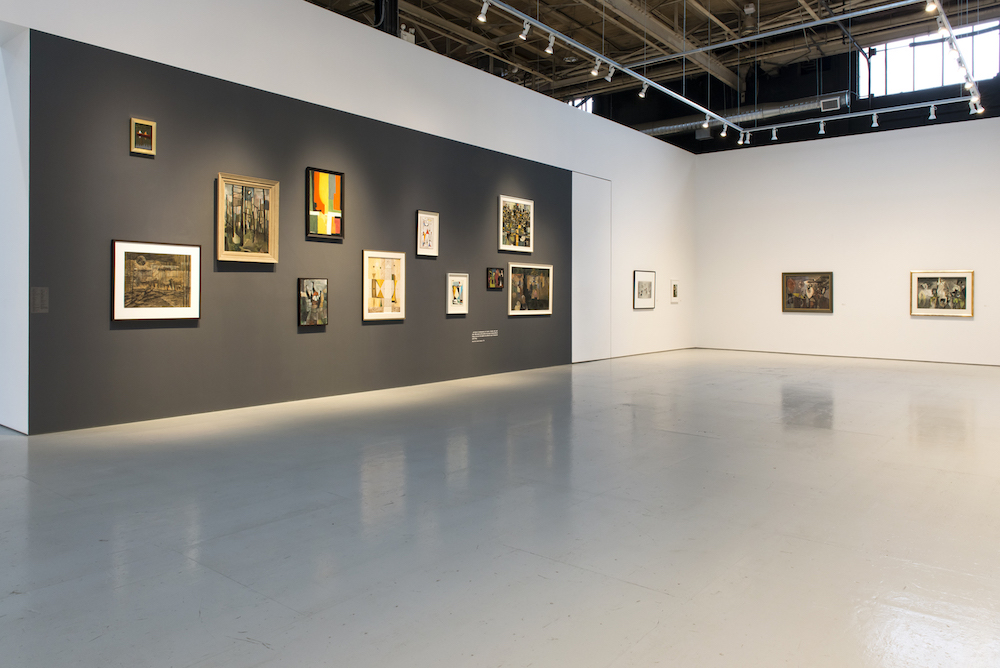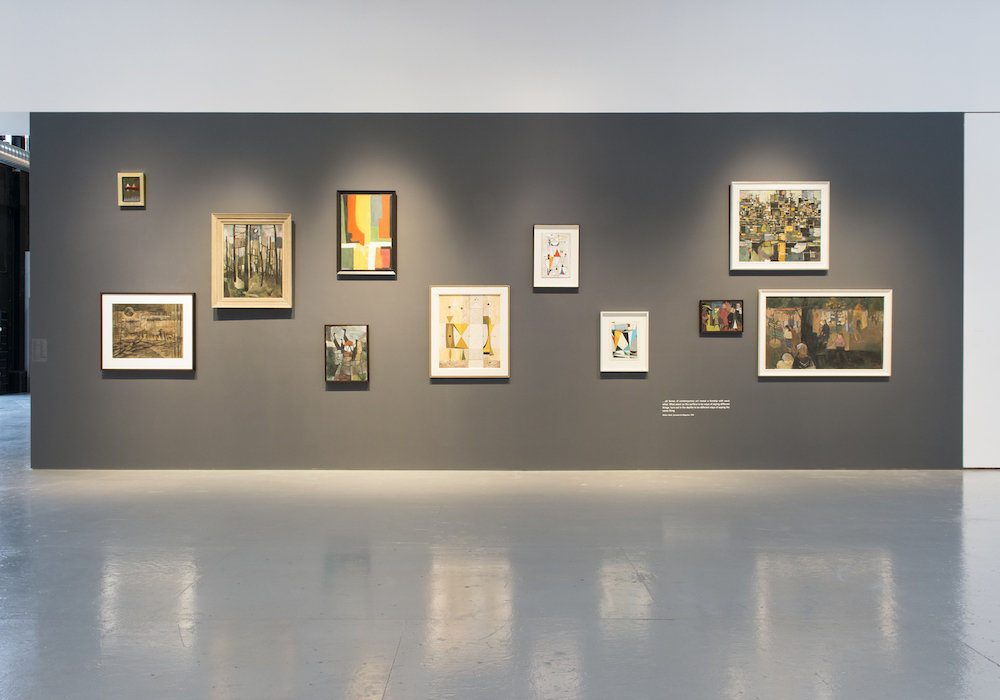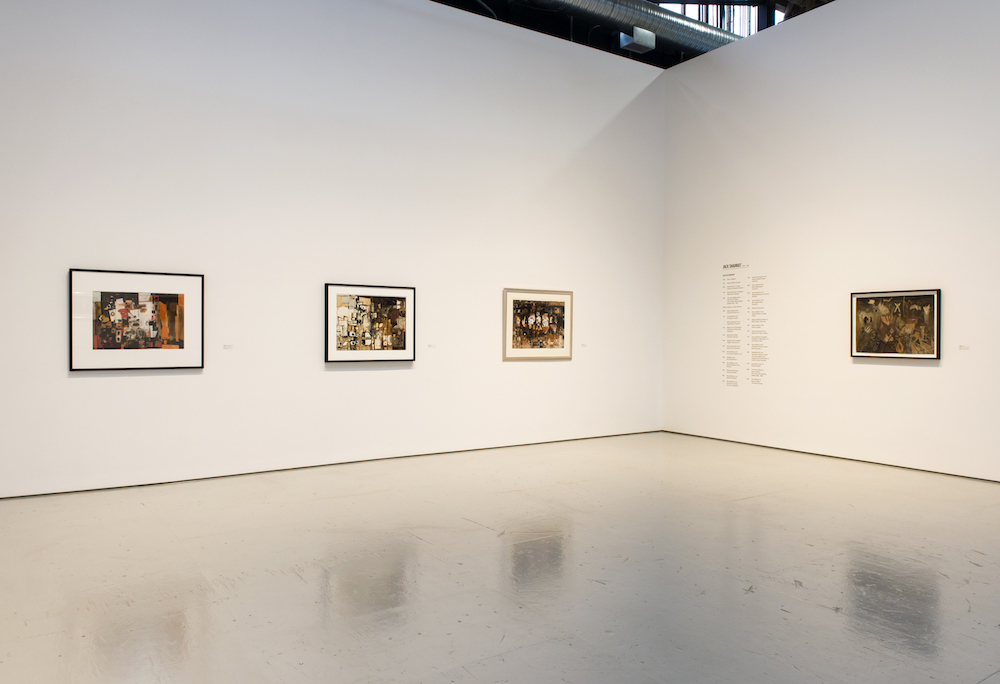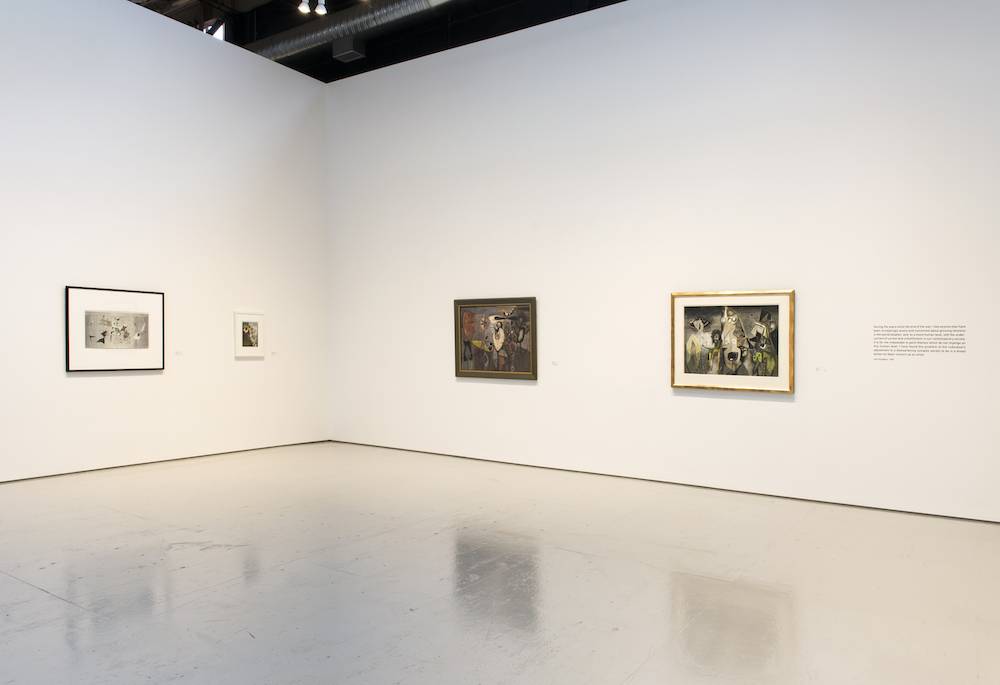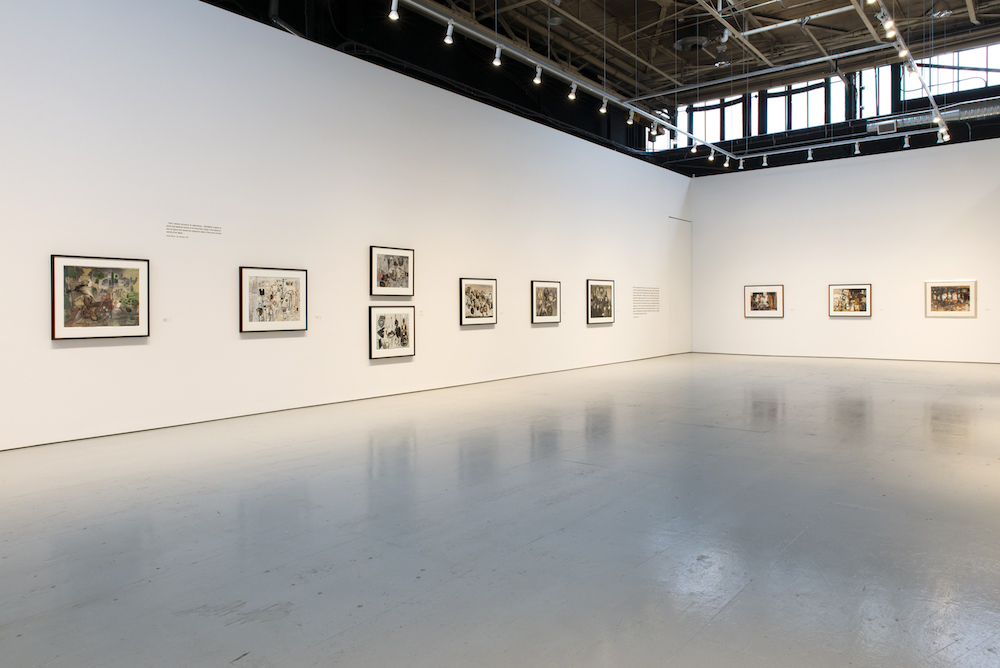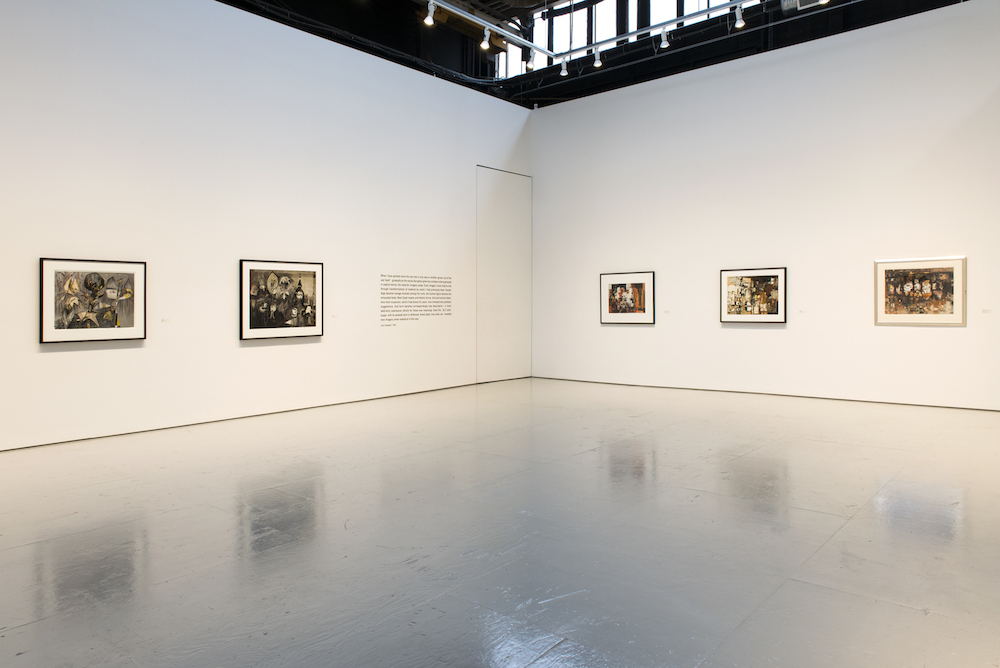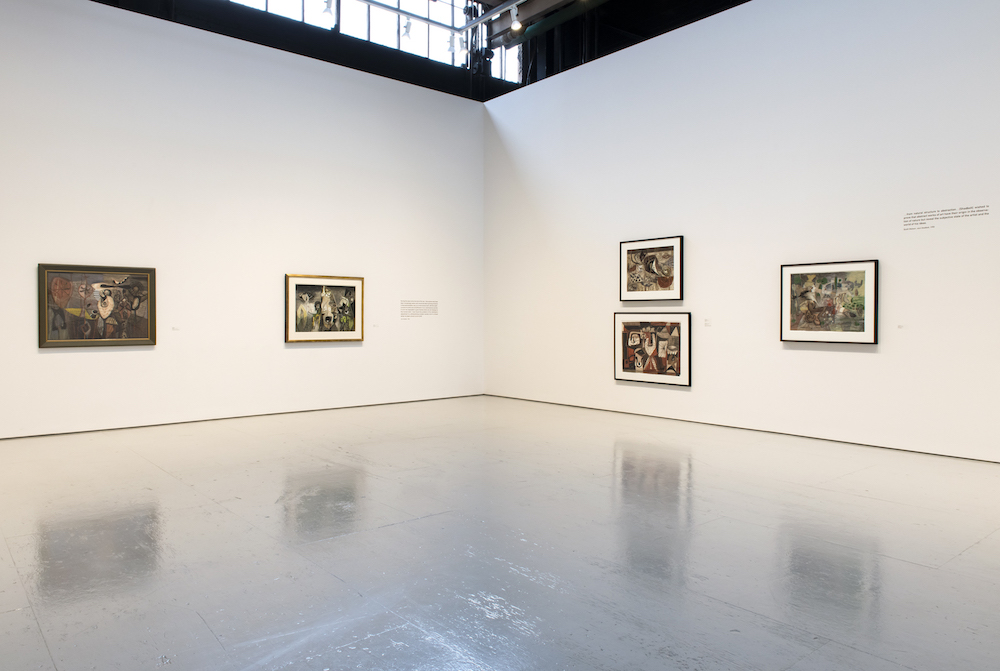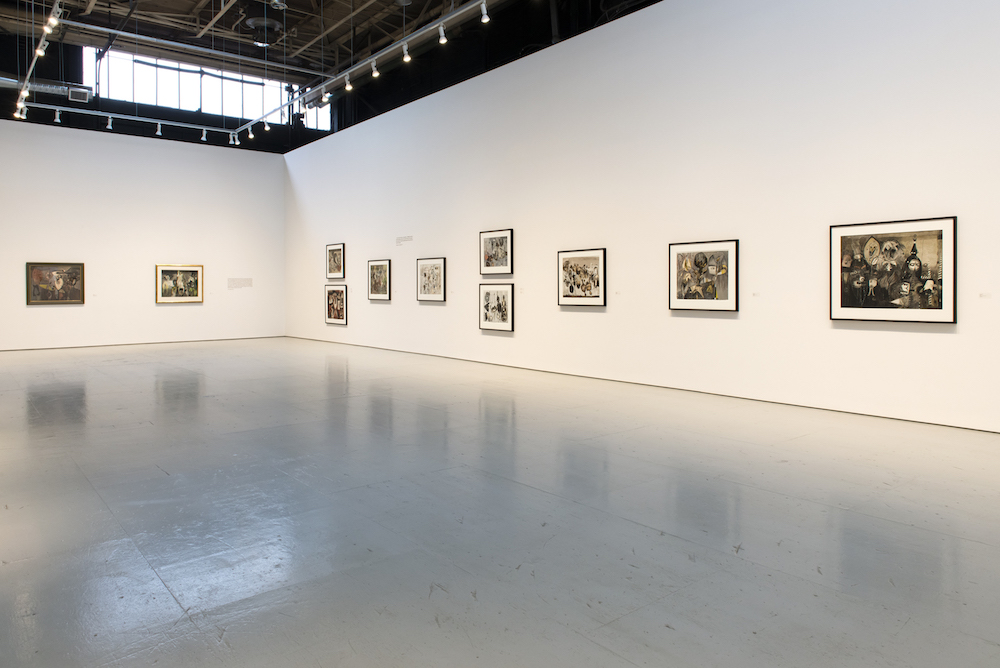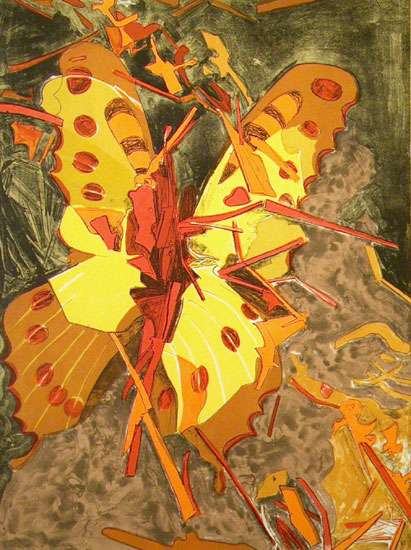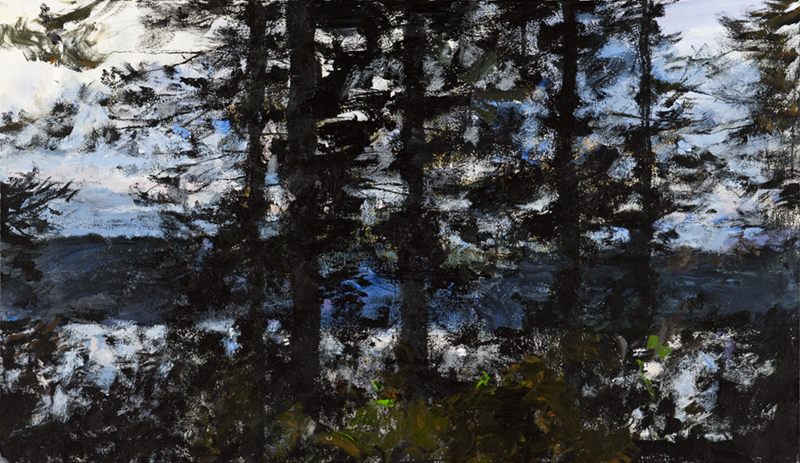The Estate of Jack Shadbolt
The Estate of Gordon Smith
January 20, 2018 - February 22, 2018
Jack Shadbolt (1909 – 1998) was an influential Vancouver modernist whose experimentations with abstract painting resonated both within Canada and internationally. The body of work presented here was made in the post-war period when Shadbolt was developing his formal vocabulary as a painter. Shadbolt was one of several artists who returned to Canada after the war with a profound sense of uncertainty about the future, and whose practice looked to new imagery to express a sense of social disruption during the post-war years.
In relationship to The Ghost Universe are a selection of works by B.C. Binning, Gordon Smith, Molly Lamb Bobak, Bruno Bobak and Marion Nicoll. While stylistically diverse, these artists shared an awareness of the anxieties and uncertainties during the post-war era as well as an eagerness to explore abstraction as a means of expression.
点击这里,查看展览中文简介。
Press Release